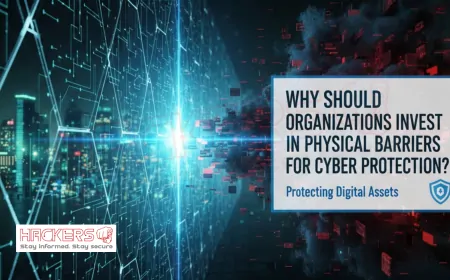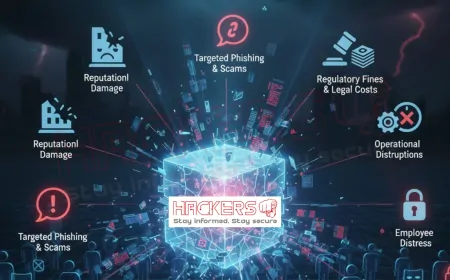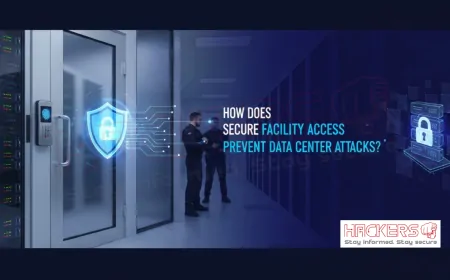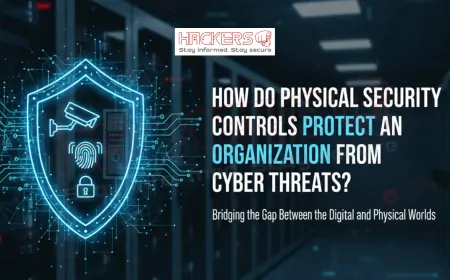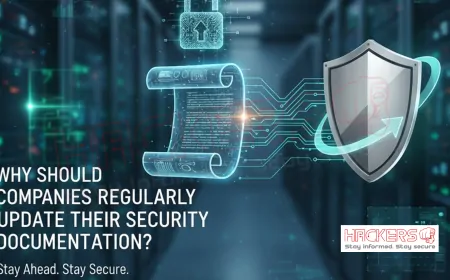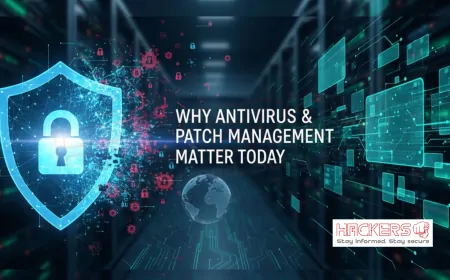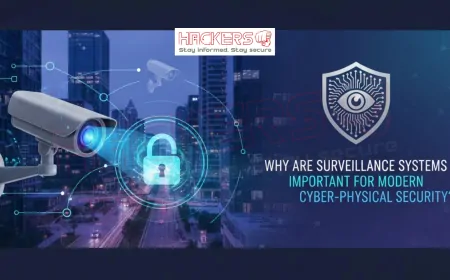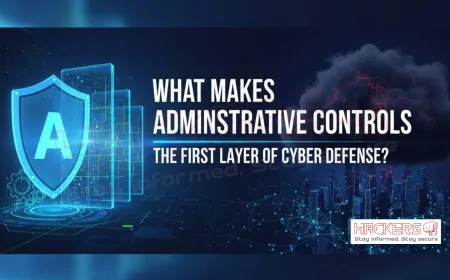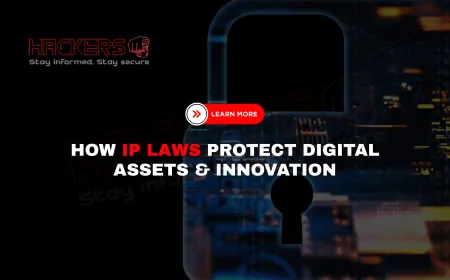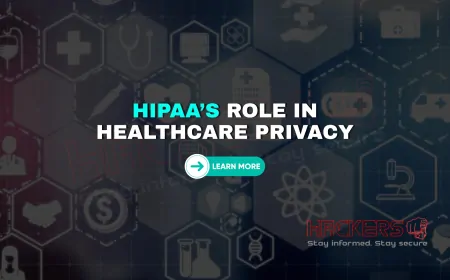How Does Secure Facility Access Prevent Data Center Attacks?
Imagine a shadowy figure slipping past a lax security guard, entering a humming data center filled with servers holding millions of sensitive records. In seconds, they plug in a device, and chaos ensues: data stolen, systems disrupted, and costs soaring into the millions. In 2025, data breaches average $4.44 million, a slight drop from last year but still a staggering figure. Yet, many of these incidents could be thwarted by something as fundamental as secure facility access. This refers to the controls that regulate who enters and what they can do inside critical areas. From biometrics to multi-layered checks, these measures form a frontline defense against physical threats that often lead to cyber disasters. In this blog post, we'll explore how secure access safeguards data centers, using straightforward explanations for beginners. We'll cover key methods, benefits, real examples, and more, showing why tightening the physical gates is essential in our digital age.

Table of Contents
- Understanding Data Center Attacks
- What Is Secure Facility Access?
- Key Methods of Secure Access
- How Secure Access Prevents Specific Attacks
- Benefits of Implementing Secure Access
- Challenges in Setting Up Secure Access
- Real-World Case Studies
- Best Practices for Data Centers
- Conclusion
- FAQs
Understanding Data Center Attacks
Data centers are the backbone of our digital world, housing servers that store and process vast amounts of information. But they are also prime targets for attacks. These can be cyber, like hacking from afar, or physical, where someone gains entry to tamper with equipment. Often, they blend: a physical intruder might install malware or steal drives.
In 2025, statistics show a worrying trend. Cyber incidents in cloud environments, often tied to data centers, result in breaches 21% of the time.
Attacks can lead to data theft, downtime, or ransomware, where hackers lock systems and demand payment. The average breach cost is down 9% from 2024, but still hits $4.44 million globally.
Why focus on prevention? Reactive measures, like recovery after a breach, are costly and damaging to reputation. Secure facility access stops threats at the door, literally. It ensures only authorized people get near sensitive areas, reducing risks significantly.
To grasp this, consider that 27% of businesses face public cloud security issues, many linked to access problems.
What Is Secure Facility Access?
Secure facility access means controlling who enters a data center and what they can access inside. It's like having a smart lock on your home that only opens for recognized faces or codes. In data centers, this involves layers of verification to prevent unauthorized entry.
At its core, it's about authentication: proving you are who you say you are. Methods include badges, PINs, or biometrics, which use unique body features like fingerprints. For beginners, biometrics are secure because they are hard to fake, unlike lost cards.
Why is this important for data centers? These facilities hold critical data, from personal info to business secrets. A breach can affect millions, as seen in recent 2025 incidents where misconfigured tools led to exposures.
It's part of a broader security strategy called defense in depth: multiple layers so if one fails, others hold. In 2025, with over 170 new data protection laws, compliance requires robust access controls.
In short, secure access is the gatekeeper, blending technology and procedures to keep threats out.
Key Methods of Secure Access
Several methods make up secure facility access. Let's break them down.
- Perimeter Security: Fences, gates, and guards form the outer layer. They deter casual intruders and provide time for response.
- Access Control Systems: Electronic badges or keycards log entries, allowing revocation if needed.
- Biometrics: Fingerprints, iris scans, or facial recognition add security, as they cannot be shared or lost.
- Multi-Factor Authentication: Combine methods, like card plus PIN, for extra verification.
- Surveillance and Monitoring: Cameras and sensors watch for anomalies, integrating with access logs.
- Secure Corridors and Mantraps: Enclosed areas where one door closes before another opens, preventing tailgating, which is following someone in.
These methods, as used by providers like AWS, include professional staff and detection systems.
How Secure Access Prevents Specific Attacks
Secure access directly counters various attacks. For insider threats, role-based access limits what employees can reach, preventing misuse.
Tailgating is stopped by mantraps and cameras. Physical theft of drives is halted by locked rooms and biometrics.
In blended attacks, where cyber hackers need physical entry, secure access blocks them. For example, if a hacker phishes credentials but cannot enter, the attack fails.
Table below shows examples:
| Attack Type | How Secure Access Prevents It |
|---|---|
| Insider Theft | Limits access to need-to-know areas with biometrics. |
| Tailgating | Uses mantraps and surveillance to detect followers. |
| Physical Tampering | Multi-factor checks and monitoring alert to unauthorized attempts. |
| External Intrusion | Perimeter barriers and guards stop entry before it happens. |
This layered approach minimizes risks effectively.
Benefits of Implementing Secure Access
Implementing secure access brings many advantages. First, it reduces breach likelihood, saving money. With costs at $4.44 million, prevention is key.
It ensures compliance with laws, avoiding fines. It also builds trust: clients know their data is safe.
Operationally, it streamlines access, with logs helping audits. In 2025, with rising threats, it provides peace of mind.
Finally, it deters attacks: visible security makes targets less appealing.
Challenges in Setting Up Secure Access
Setting up is not without hurdles. Cost is a big one: biometrics and systems are expensive for small centers.
Balancing security with convenience: too many checks slow work. Solution: Use efficient tech like touchless entry.
Integration with existing systems can be tricky. Privacy concerns arise with biometrics.
Overcome by starting small, training staff, and choosing compliant tools.
Real-World Case Studies
Real cases show impact. In one, a data center used multi-layered access to stop a tailgating attempt, preventing potential theft.
Another: A facility with biometrics and surveillance detected an insider anomaly, averting data exposure.
Contrast with breaches like Uber's 2022, where poor access contributed, but 2025 examples emphasize prevention through secure methods.
These illustrate how secure access turns vulnerabilities into strengths.
Best Practices for Data Centers
Follow these practices.
- Conduct risk assessments regularly.
- Implement multi-factor for all entries.
- Train staff on protocols.
- Integrate surveillance with access logs.
- Update systems for new threats.
- Enforce visitor policies strictly.
These ensure robust protection.
Conclusion
In conclusion, secure facility access prevents data center attacks by controlling entry, limiting risks, and enabling quick responses. With methods like biometrics and multi-factor, it offers benefits from cost savings to compliance. Despite challenges, best practices make it achievable. In 2025's threat landscape, it's vital for safeguarding data.
What is a data center attack?
An attempt to breach or disrupt a facility housing servers and data.
Why are data centers targeted?
They hold valuable information, making them attractive for theft or sabotage.
What is secure facility access?
Controls regulating who enters and accesses areas in a data center.
How does biometrics work?
Uses unique traits like fingerprints for verification.
What is tailgating?
Following an authorized person inside without permission.
How prevent tailgating?
With mantraps and cameras.
What is multi-factor authentication?
Requiring multiple proofs, like card and PIN.
Benefits of secure access?
Reduces breaches, ensures compliance, saves costs.
Challenges in implementation?
Cost, convenience, integration.
Do small centers need it?
Yes, scalable solutions exist.
What role do guards play?
Monitor and respond to threats.
How integrate with cyber security?
Link access logs to network monitoring.
What stats on breaches?
Average cost $4.44 million in 2025.
Case studies show what?
Prevention through layered controls.
Best practice for assessments?
Regular reviews of risks.
Privacy concerns with biometrics?
Address with compliant systems.
Update frequency?
Annually or after incidents.
Visitor policies?
Escort and log all visitors.
Impact on operations?
Streamlines with efficient tech.
Future trends?
AI-enhanced verification.
What's Your Reaction?




























